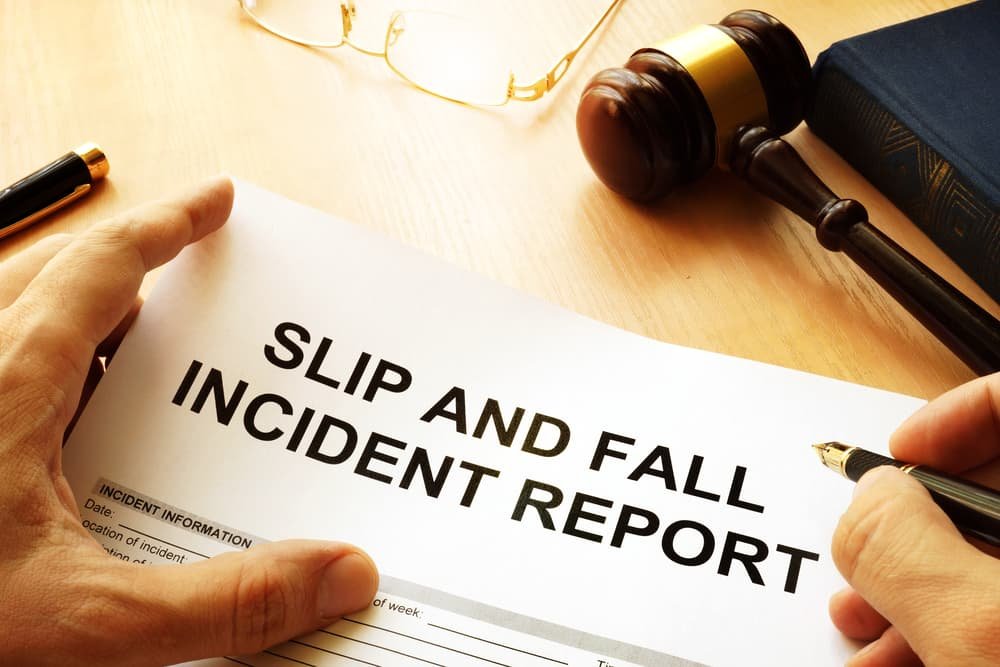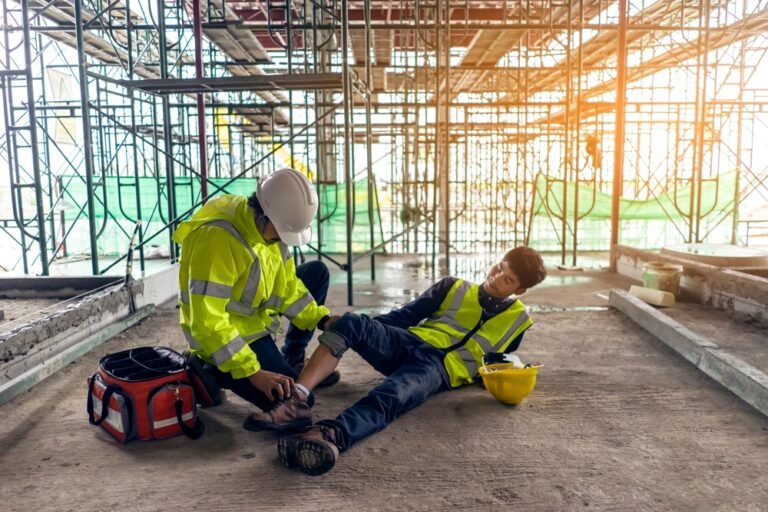New York Slip and Fall Cases: What Proof Really Matters?
Slip and fall accidents can happen in seconds—but the consequences can last a lifetime. Whether you were injured in a grocery store, on a snowy sidewalk, or in a public building, proving liability is essential if you want to receive compensation. The key to a successful claim? Strong, relevant evidence. If you’ve been injured in New York and believe someone else’s negligence caused it, don’t wait. Collecting the right proof early on can make or break your case.
Ira Pintel’s law firm, is one of the city’s most trusted and effective legal teams. With years of experience fighting for injured clients, its dedicated staff help you gather what matters most and fight aggressively to secure the compensation you deserve. Contact to find out how they use their expertise.
📍 Address: 147 East 82nd Street Suite 6B, New York, NY 10028
📧 Email: Ira@irapintel.com
📞 Phone: (917) 941-4094
Below, is the break down exactly what evidence you need to win your slip and fall case in New York.

Before We Begin: Timing Is Critical
In New York, personal injury claims including slip and fall cases—are subject to strict time limits. In most cases, you have three years from the date of the accident to file a claim. But if the fall occurred on public property, such as a sidewalk or subway station, you may need to file a Notice of Claim within 90 days.
Start gathering evidence right away—or consult a lawyer to help you protect your rights from day one.
1. Photos and Videos from the Scene
One of the most powerful forms of evidence is also the simplest: photos. If you’re able, take pictures or video of the hazard that caused your fall, such as:
- Wet floors without warning signs
- Broken or uneven pavement
- Poor lighting
- Snow or ice accumulation
- Loose carpeting or debris
Capture wide shots of the location, close-ups of the hazard, and timestamps if possible. Surveillance footage from nearby businesses may also be crucial, especially if the property owner deletes or alters the hazard later.
2. Incident Reports
If your fall occurred in a store, apartment building, or workplace, ask to fill out an incident report immediately. These reports:
- Provide written proof of the accident
- Often include statements from employees or witnesses
- Confirm the time and date of the incident
Keep a copy for your records. If a manager refuses to let you file one, make a note of the time, their name, and what was said.
3. Medical Records and Treatment Documentation
Even if your injuries seem minor, always seek medical attention right away. This does two things:
- It protects your health
- It creates a documented medical timeline of your injuries
Save all records related to doctor visits, hospital stays, prescriptions, physical therapy, and diagnoses. These records not only validate your injuries but also show the extent of your damages and costs.
4. Witness Statements
If anyone saw your fall, their testimony can support your version of events. Try to gather:
- Full names
- Contact information
- Short statements of what they saw
Witnesses who confirm the presence of a hazard—or how staff ignored the danger—can be a deciding factor in your case.
5. Maintenance and Inspection Records
Property owners in New York have a legal duty to keep their premises reasonably safe. If you slipped because of a long-standing hazard, you may be able to obtain records showing:
- Missed inspections
- Ignored complaints
- Lack of repairs or cleaning logs
These documents can prove the property owner knew (or should have known) about the danger—and failed to fix it.
6. Weather Reports (for Outdoor Falls
If your fall was due to snow, ice, or other weather-related conditions, official weather reports can serve as objective proof. Pairing these with photos or videos can help show:
- Dangerous accumulation
- Lack of timely removal
- Failure to salt or shovel
This is especially useful in sidewalk or parking lot injury claims.
7. Personal Documentation and Journal Entries
Keep a written account of what happened right after your fall, while your memory is fresh. Include:
- Date and time
- Description of the hazard
- How the fall occurred
- Symptoms you experienced
Also consider keeping a daily pain or recovery journal to track how the injury affects your daily life. Courts and insurers may use this to evaluate pain and suffering.
8. Expert Testimony (When Needed)
In complex cases, your lawyer may bring in experts such as:
- Accident reconstruction specialists
- Medical professionals
- Building code or engineering experts
They can help explain how the hazard led to your injury and how it violated safety standards.
Why the Right Legal Guidance Matters
Slip and fall cases often involve powerful property owners and aggressive insurance companies. They may try to blame you, question your injuries, or downplay the hazard. But with strong evidence—and an experienced attorney—you can fight back.
Numerous individuals in New York have benefited from experienced legal guidance that helped them recover damages for medical bills, lost income, and other losses—services for which IraPintel’s firm has earned a strong reputation.
📍 Address: 147 East 82nd Street Suite 6B, New York, NY 10028
📧 Email: Ira@irapintel.com
📞 Phone: (917) 941-4094
Winning a slip and fall case in New York takes more than just saying you were hurt—it requires real, documented proof. From photos to witness statements to medical records, the right evidence can be the difference between compensation and a dismissed claim.
Don’t go it alone. Get help building your case and protecting your rights—because you deserve to heal with peace of mind.
FAQs
1. What is the statute of limitations for slip and fall cases in New York?
Generally, you have three years from the date of the fall to file a personal injury lawsuit. If the fall occurred on public property, the timeline is much shorter—just 90 days to file a Notice of Claim.
2. Can I still sue if I didn’t go to the hospital right after the fall?
Yes, but it’s harder. Immediate medical care helps prove your injuries were serious and linked to the fall. Delays may give insurers reason to question your claim.
3. Is the property owner always liable for a slip and fall?
No. You must prove the owner knew or should have known about the hazard—and failed to fix it. That’s where evidence comes in.
4. What damages can I recover in a slip and fall claim?
You may be able to recover compensation for medical expenses, lost income, pain and suffering, and in some cases, future care needs.
5. Can I afford a slip and fall lawyer in NYC?
Most personal injury lawyers, including at Ira Pintel, work on a contingency fee—meaning you pay nothing unless you win.





